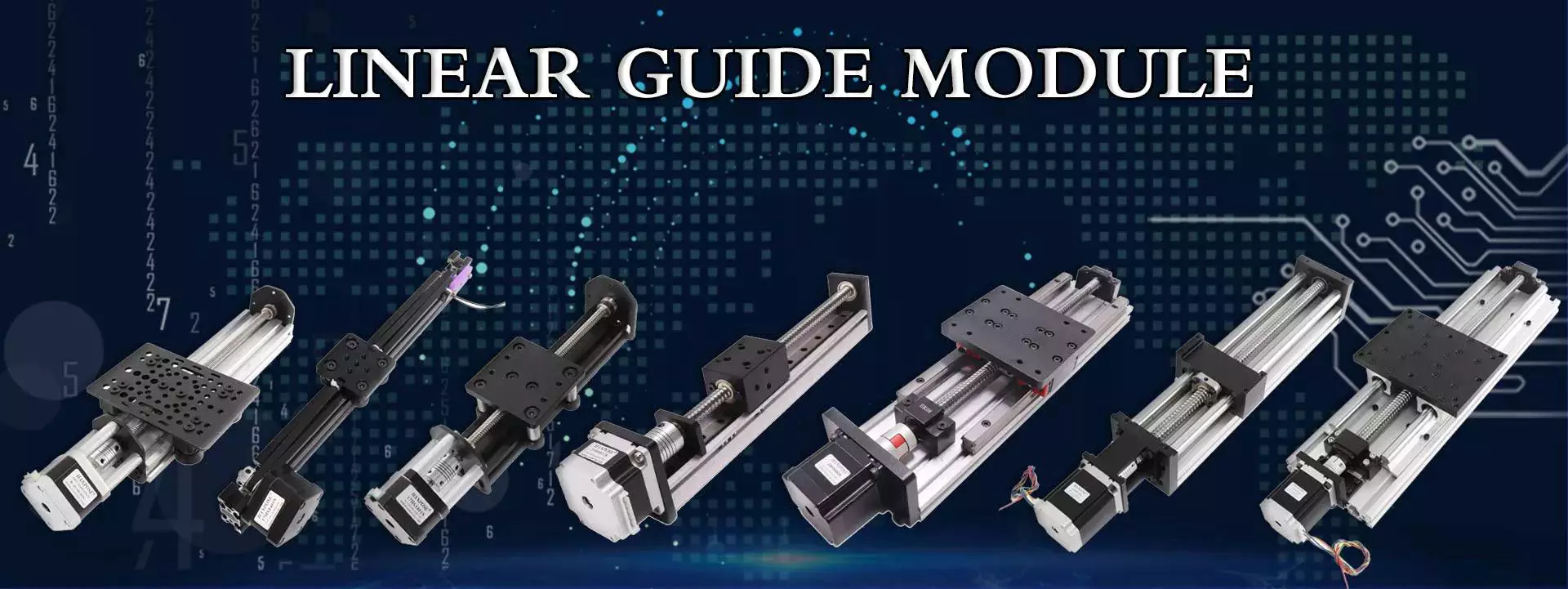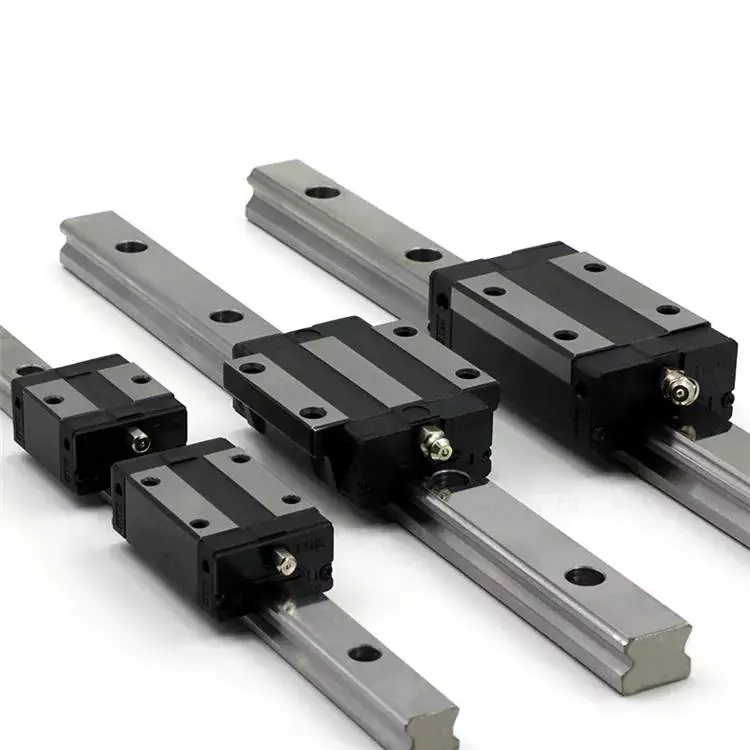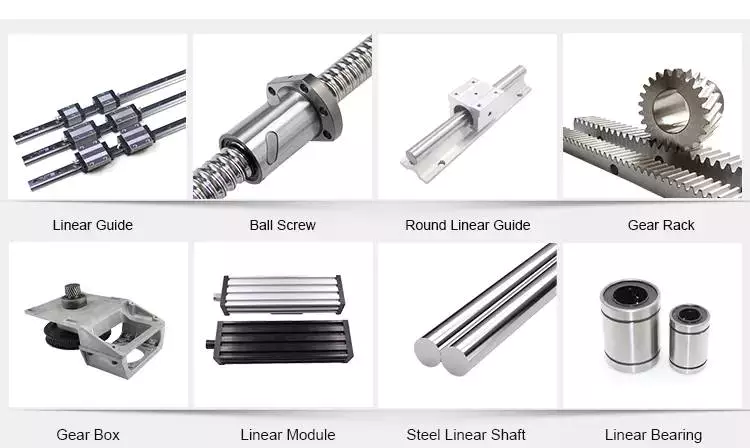Application: PROTOTYPING
Features: High speed, High precision, Big size
Production Capacity: 1000pcs/hour
Warranty: 1 Year
Dimension(L*W*H): 1344*1250*1900mm
Voltage: 220V
Molding Technology: SLA
Applicable Industries: Building Material Shops, Manufacturing Plant, Machinery Repair Shops, Printing Shops, Construction works , Energy & Mining, Advertising Company
Usage: SLA 3D Printing
Weight: 1500 KG
Automatic Grade: Automatic
Color & Page: single color
Year: 2571
Condition: New
Forming size: 600*600*400mm
Key Selling Points: High-accuracy
Machinery Test Report: Provided
Video outgoing-inspection: Provided
Warranty of core components: 2 years
Core Components: Motor, Pump, Gear, PLC, Engine
Product name: Industrial SLA resin 3D Printer
Printing size: 600*600*400mm
Material: Photosensitive resin 355nm
Delamination thickness: 0.03-0.25 mm
Forming accuracy: +-0.1mm(L<100mm)+-0.1%*L(L.100mm)
scHangZhou speed: 20m/s(Max), 6-10 m/s (standard)
Spot diameter: 0.05-0.8mm
Rated power: 3KW
control software: Provided
data format: CZPT OBJ
Packaging Details: Packed 1 set SLA 3D printer in 1pcs Plywood case.
Port: HangZhou, HangZhou, ZheJiang ,etc.
3D printer SLA industrial large size photosensitive resin hand board model printingSLA, full name of stereolithography molding, is a molding method that uses ultraviolet light with specific wavelength and intensity to irradiate liquid photosensitive resin for polymerization reaction to cure layer by layer and generate three-dimensional entities.SLA is suitable for rapid processing of high-precision, high surface quality, multi detail prototype. It is suitable forautomotive, mold, medical biology, consumer electronics, game animation, architectural design, sculpture modeling, home decoration and other fields.SLA600 printer features: high precision, smooth surface, can make large-size products, Chicago Pneumatic Low Noise Air Compressor Price Rotary Screw mute oil free air pump good rigidity, excellent acute angle, small shrinkage; Excellent surface details, great texture, fast production speed; There are many kinds of resins (white, translucent, fully transparent, brown, high toughness, etc.) to meet various performance requirements. Specification
| item | value |
| Model name | SLA600 |
| Machine Dimension(L*W*H) | 1344*1250*1900mm |
| Machine net weight | 1500KG |
| Voltage | 220V, 3000W |
| Applicable Industries | automotive, mold, medical biology, consumer electronics, game animation, architectural design, sculpture modeling, home decorationand other fields. |
| Molding Technology | SLA |
| Forming size | 600*600*400mm |
| Material | Photosensitive resinHigh toughness temperature resistance resin; transparent flexible resin;PLA,ABS resin,etc.. |
| Delamination thickness | 0.03-0.25 mm |
| Forming accuracy | +-0.1mm(L<100mm)+-0.1%*L(L.100mm) |
| scHangZhou speed | 20m/s(Max), 6-10 m/s (standard) |
| Spot diameter | 0.05-0.8mm |
| control software | Provided |
| data format | STL OBJ |
| Resin Tank size | 600*600*400mm230KG |
| Detail Technical performance of equipment | ||
| Laser system | ||
| Laser equipment | Solid state laser (3w) | |
| Pulse frequency | 30~100KHz | |
| laser power | laser outlet ≥3000 mW; Resin level ≥300 mW. | |
| Laser wavelength | 355nm | |
| Spot diameter of resin liquid surface | ≤0.15 mm | |
| scHangZhou system | ||
| Typical scHangZhou speed | 20 m/s | |
| ScHangZhou mode | High speed precision galvanometer | |
| Coating system | ||
| Scraper | Double side drive, Russia warehouse Worm Gearbox RV040 Speed Reducer 18mm Output 90 degree ratio 51-1001 for Nema34 86mm Flange Stepper Motor vacuum adsorption type | |
| Level compensation | Laser detection, automatic compensation | |
| Molding system | ||
| Molding range | 800mm×600mm×400mm | |
| Layer thickness | 0.03mm-0.25mm | |
| Molding material | photosensitive resin | |
| Z-axis lifting system | ||
| Vertical resolution | ≤0.001mm | |
| Repeatability | ≤0.001mm | |
| Control system | ||
| Bracket type | Detachable | |
| Automatic shutdown after finish printing | Support | |
| Process parameter setting mode | Manual / Automatic | |
| Operating system | Windows7 | |
| Network type and protocol | Ethernet,TCP/IP | |
| file format | STL | |
| Equipment | ||
| Rated input power | 3kW | |
| Weight | 1200kG | |
| Warranty | 24 months | |

Choosing a Linear Rail
Whether you are using a linear rail for your business or home, you will find that there are some key considerations that you must keep in mind. These include the stability and accuracy of the system, as well as the cost of the rail.
Cost of linear rails
Choosing the right rail can be crucial to the performance and cost of a machine. There are many different types, with different levels of accuracy, load bearing capacity and rigidity. Some of the more common choices are drilled, profiled and undrilled.
The cost of linear rails can vary drastically depending on the type. Some are made from hardened steel, while others are fabricated from aluminum extrusions. Both types offer different advantages and disadvantages.
Rails that have been manufactured with aluminum extrusions will offer better rigidity. These rails also provide a larger range of motion.
Linear rails are generally used in mechanical systems that need high precision. These components must be fully supported and protected while being assembled. The assembly process is complex and time consuming.
These components are used in a wide variety of industrial applications. They can be used for transporting loads between two points or for guiding a moving part in linear motion.
Linear rails are usually manufactured from hardened steel, which is corrosion-resistant. Stainless steel is also commonly used. High-strength steel is also used. It is also known as cold drawn steel.
Rails have a high load bearing capacity and can handle loads from a few grams to a few tons. They offer smooth motion and can also be used to support overhung loads. Linear rails are generally used in automation machinery. They are also used in laser welding machines and bending machines.
Stiffness
Using a linear rail is a common solution for many industrial applications. These linear guides are known for their rigidity and load-bearing capabilities. They are designed to accommodate a wide variety of uses, including precision motion, high load capacities, and high speed operation.
These linear guides are available in various sizes and shapes, including cylindrical rollers, spherical balls, and race profiles. Each type offers different load capacities, speeds, and accuracy levels. They are typically used in applications that require precision, such as machine tools.
They are typically fixed at the ends. They are designed to transfer weights along a predetermined vertical or horizontal course. Linear rails are usually made of toughened steel. They require hex slot screws along the length of the rail. They are also used to guide actuators driven by screws or belts.
These linear guides are designed to offer high travel accuracy, which is important for many machine tools. They also offer high rigidity, which is needed to support heavy loads.
The stiffness of a linear rail is generally higher than that of a round rail. They can handle travel speeds up to 5 meters per second. They can support thousands of kilograms. They are also less likely to bend under heavy load, which can prevent misalignment problems.
Linear guides are often used in pneumatic-driven systems. They also have a rolling-friction operation mode. This reduces friction, which helps the machine tool to run smoothly.
Accuracy
Choosing the best linear rail depends on the application and the level of accuracy required. Some applications require high accuracy, while others are less demanding. A guide rail that has the right amount of preloading can minimize the effect of misalignment and sinking.
Rails are designed to withstand a variety of loads from a few grams to several tons. They can also handle moment and lift-off loads. Linear rails are made from high-strength steel that is galvanized.
A variety of processing methods are used to manufacture rails. Rails are available in square and round shapes. They can also be shaped to fit into smaller spaces.
The most accurate linear rail is the one that meets all of the above requirements. It can be difficult to know which rail is best for your application. It is important to consider the application and the total load conditions during the lifetime of the system.
It is also important to choose the most appropriate accuracy class for your application. Choosing the accuracy class of a rail is partially dependent on the positioning of the load and the mounting arrangement of the bearings.
For instance, the best accuracy class for a rail would be one that has a high preloading rate. This will increase the rigidity and minimize the effect of sinking. It will also increase the life of the component.
A linear rail that has a high preloading rate also has a higher accuracy class. This is because it will compensate for a lack of accuracy in the mounting surface.
Stability
Whether you’re moving items through a production process or handling heavy loads, you’ll appreciate the reliability and precision of a linear rail. It’s also important to consider the stability of your linear rail.
It’s important to design your linear rail with a complete support structure to prevent deflection. This may include mounting it on an I-beam support. This supports heavy loads and eliminates deflection concerns.
Linear rails also offer a wide range of motion, including the ability to support overhung loads. They are also suitable for guiding weights, providing a smooth motion in a single axis.
A single linear rail can also be used to guide actuators driven by screws or belts. These are commonly used in industrial applications. However, they may not be ideal for consumer applications.
For a more robust solution, you may consider using a dual rail. Dual linear rails maximize bearing life, and minimize deflection. These can also be anchored to aluminum extrusion profiles to improve stiffness.
Various types of materials can have a dramatic impact on the cost and performance of a project. These include stainless steel, which is corrosion-resistant and cold drawn. Other options include aluminum extrusion profiles and cylinders, which can reduce mechanical stresses.
In addition, the level of stiffness of your rail may be critical to its operation. In some applications, a rail may have to flex slightly in one plane. Using a cylinder instead of a sphere can also reduce play.
Sliding carriage and rail
Known for their rigidity and load-bearing capabilities, linear slides are ideal for applications that require repeatable motion. However, these units have a variety of components that can complicate their integration into your machine. Fortunately, there are a variety of products available that can help you find the right slide.
The main components of a linear slide include the carriage, bearings, guide rails, and control systems. The bearing system determines the accuracy of the slide.
Bearings can be a variety of shapes, including cylindrical and ball. They can be plain or filled with PTFE, ceramic, or metal. A ball screw drive with a motor may be necessary for stiff, reproducible slides. In less expensive applications, a round shaft system may be the best option.
Typically, the carriage is attached to the rail. The rail supports the carriage while it moves, and it can be a round rail, profiled rail, or linear stage. The carriage can be made of stainless steel, aluminum, granite, or other materials. Its threaded holes can be used for mounting tooling.
Carriage designs can be based on plain bearings, ball bearings, or cross rollers. Aside from simple surface bearings, these designs require lubrication. In less expensive applications, plain bearings may be sufficient.
Roller bearings are cylindrical roller load-bearing elements. They are used in track rollers and cam rollers. The rollers are inside the carriage and rotate with the carriage.
Applications
Whether you’re building an industrial automation system or simply need to move a load, the right linear guide can be a valuable tool. The benefits include high load capacity, reduced friction, high rigidity and increased accuracy.
The applications of linear rails can range from simple machine-tool applications to advanced medical applications. The most common applications include transportation and industrial machinery. However, the applications can also be found in the consumer space. Consumer health monitoring devices are a great example of applications that take advantage of linear motion.
Linear rails are a linear assembly consisting of load-supporting balls on each side and a pair of parallel tracks. Depending on the size and type of application, the load capacity can range from a few grams to several tons.
Linear rails are typically made from high-strength steel, which is profiled or galvanised. The rail is then cut to a specified length. Depending on the size, the cost of a linear guide rail will vary.
The linear rail’s name is a mouthful, but there are several models to choose from. Profiled rail guides are most suitable for high load applications.
The CZPT is a great choice for heavy-duty applications. It’s easily weldable, and can be ground smooth for easy transitions. The rail can be extended to long travel lengths.
The linear rail’s most notable attribute is its ability to withstand overhung loads. The rail can also handle moment and horizontal loads.

editor by Cx 2023-07-07